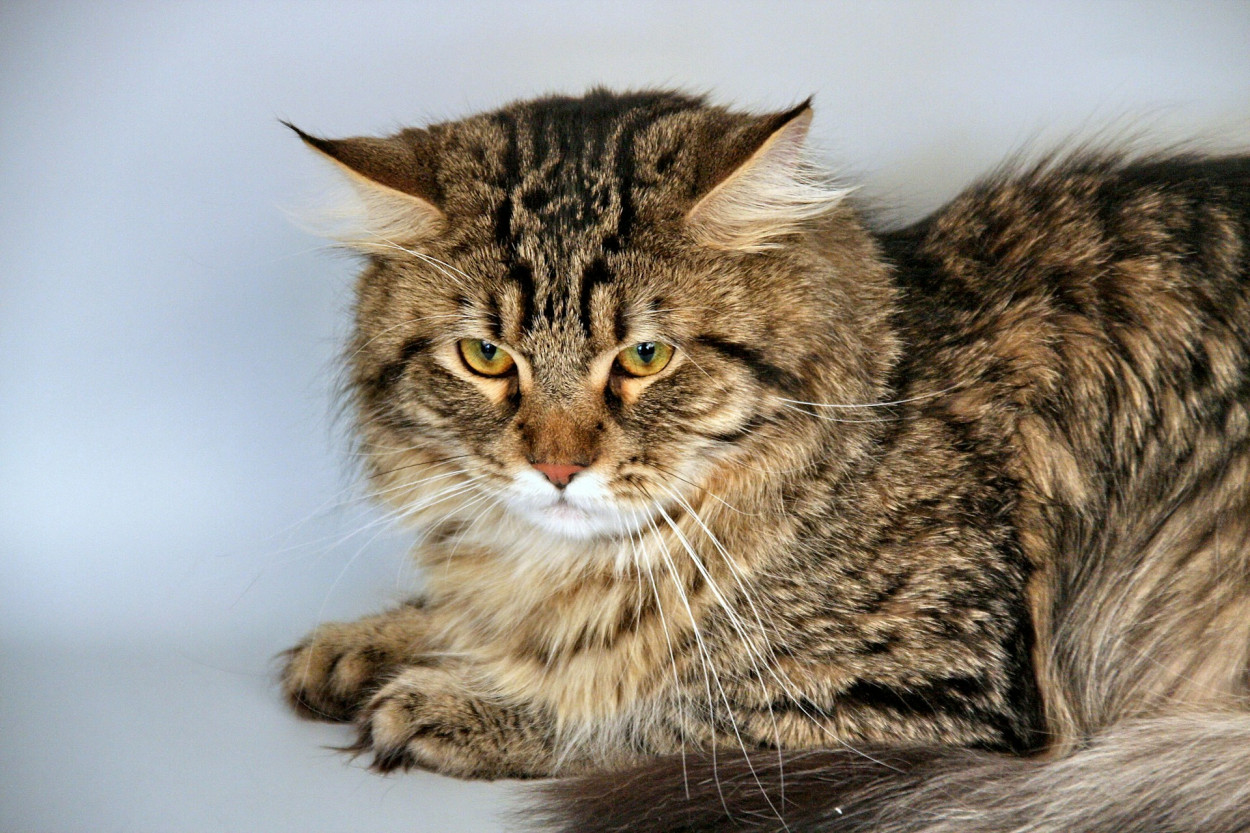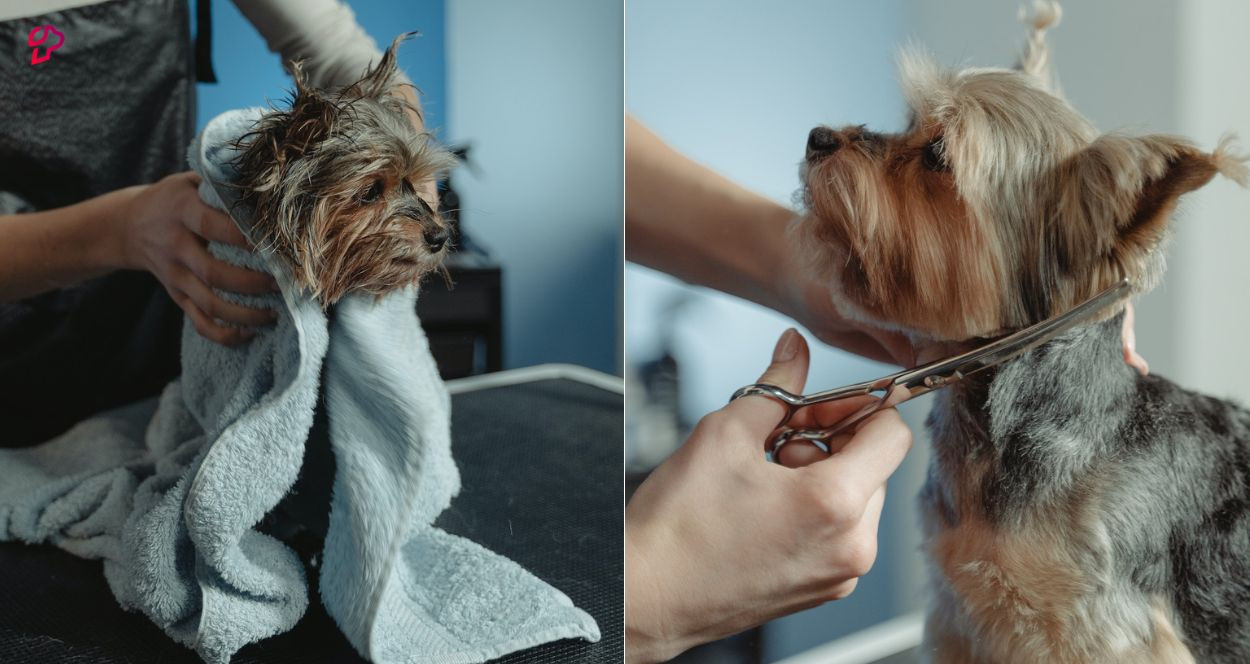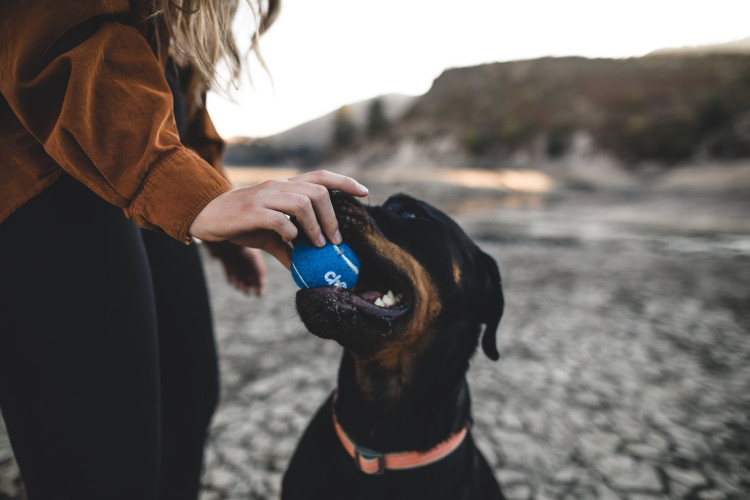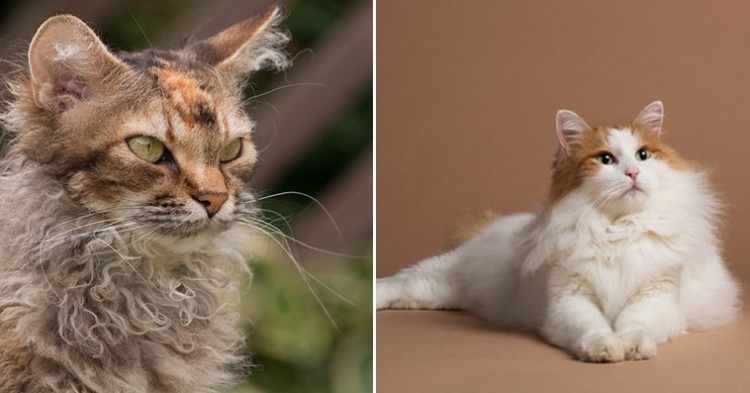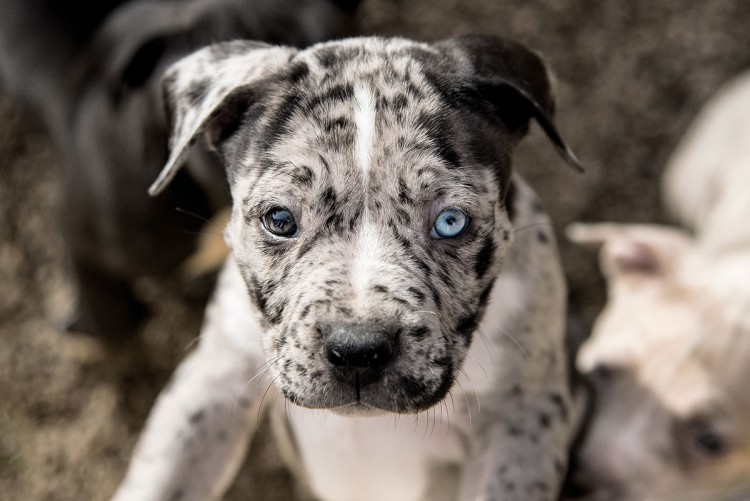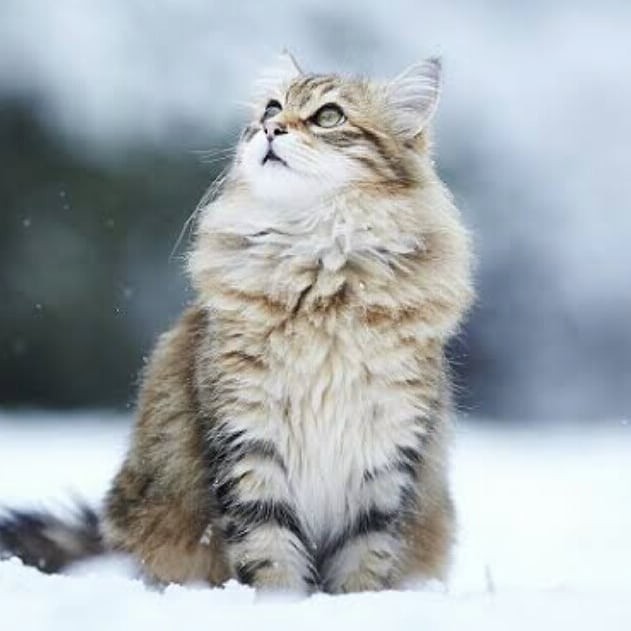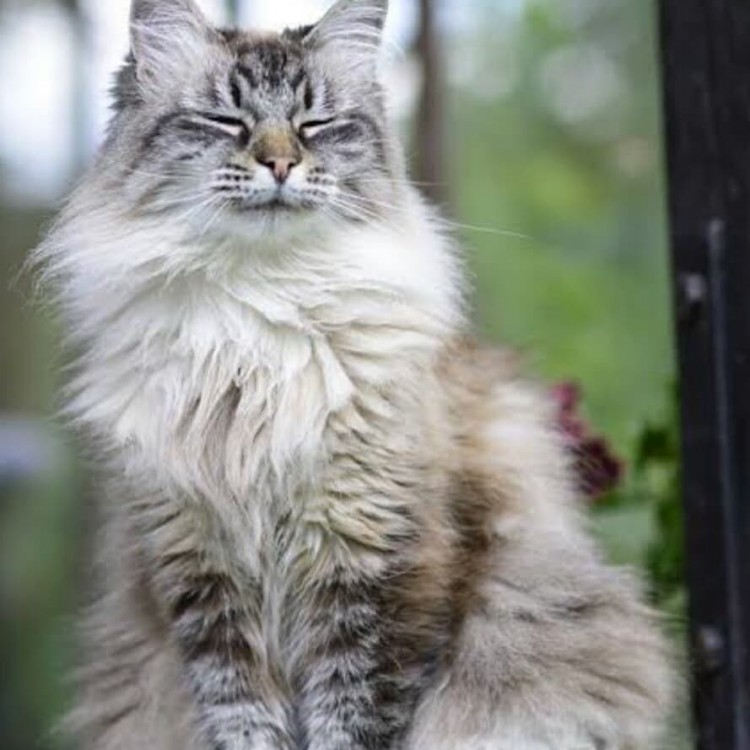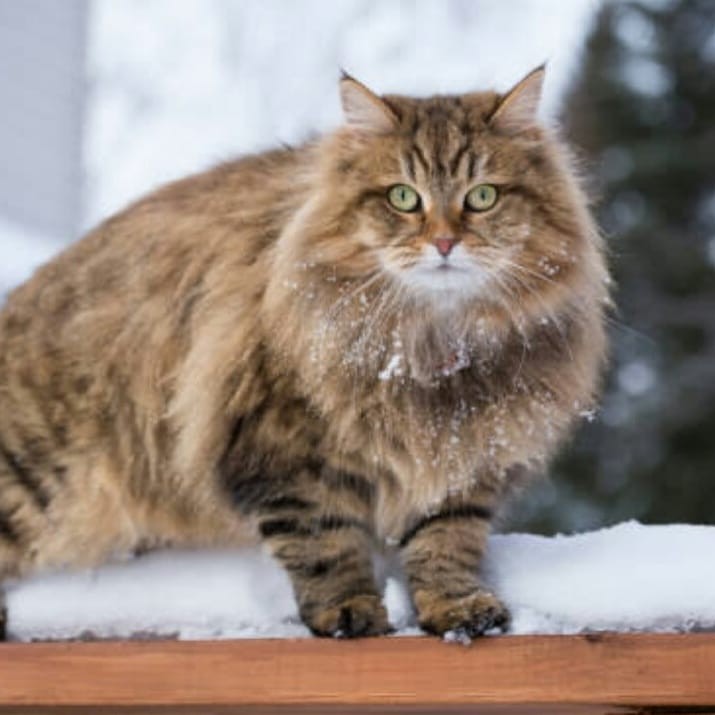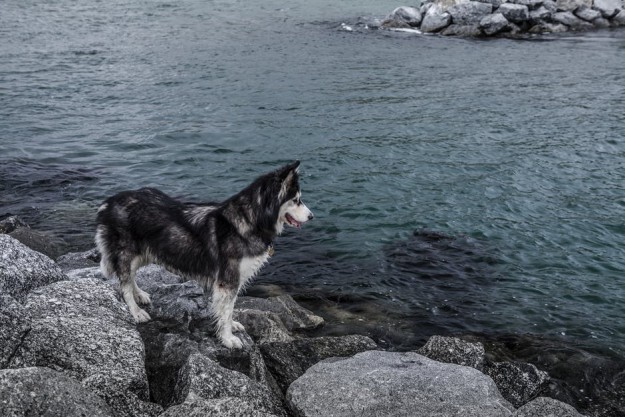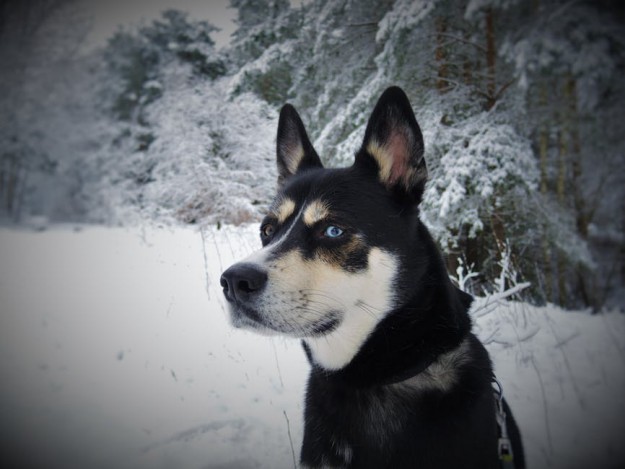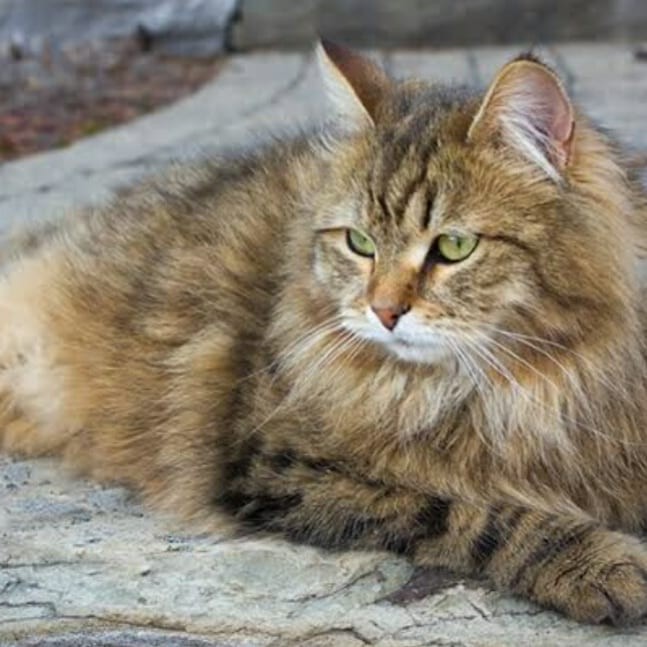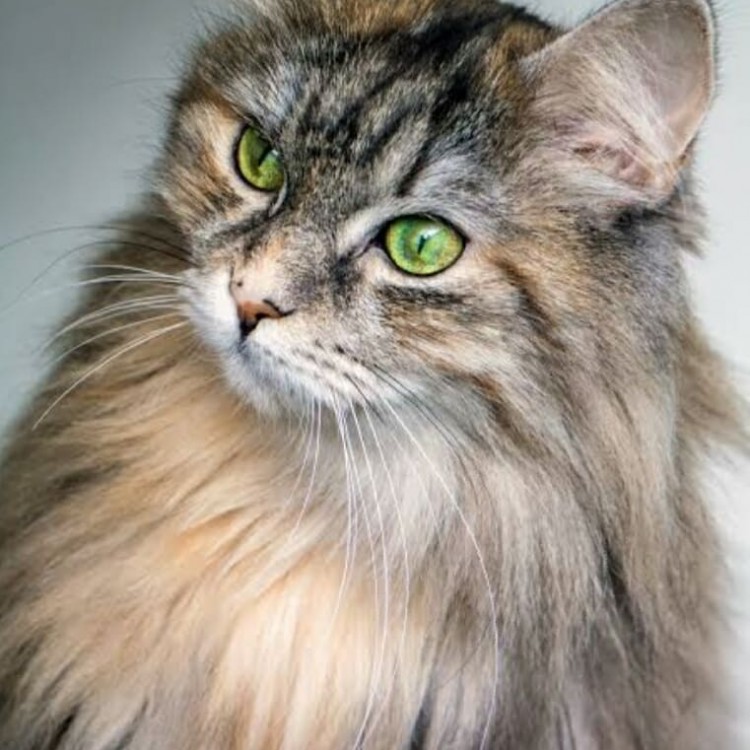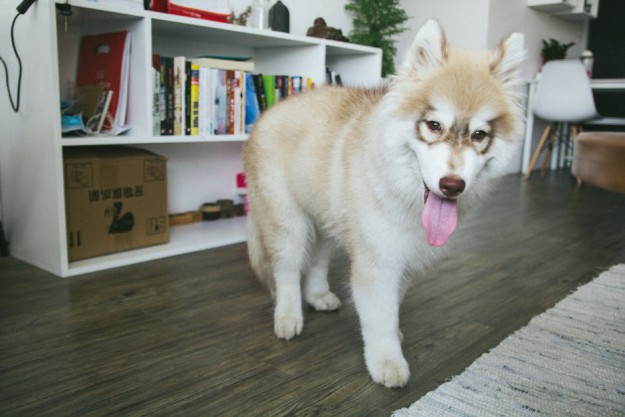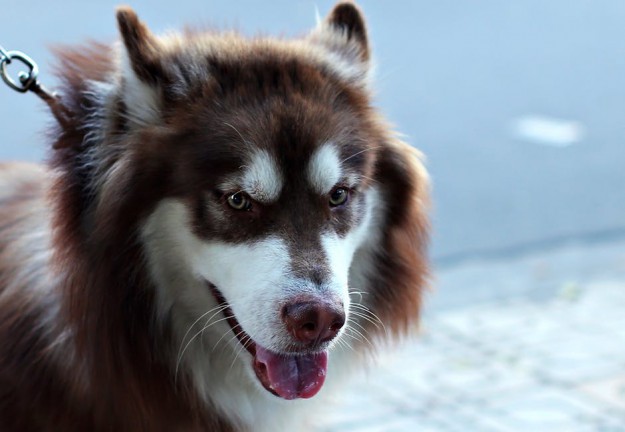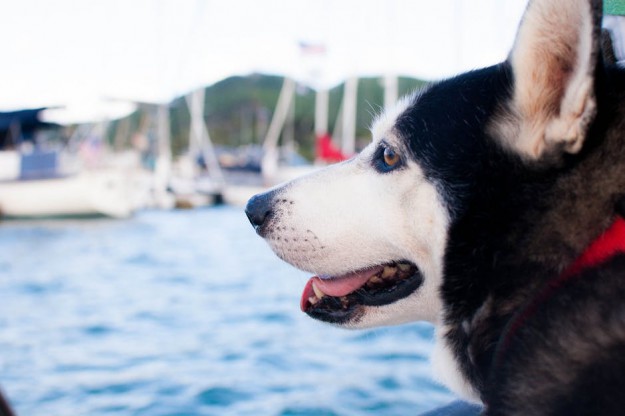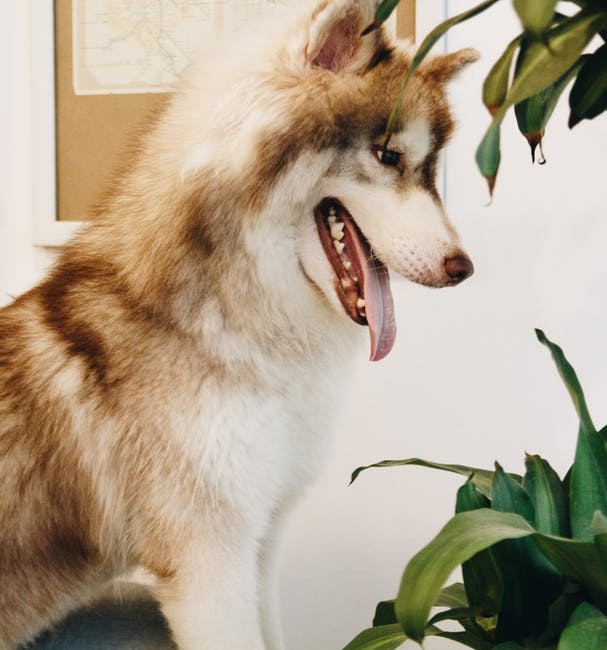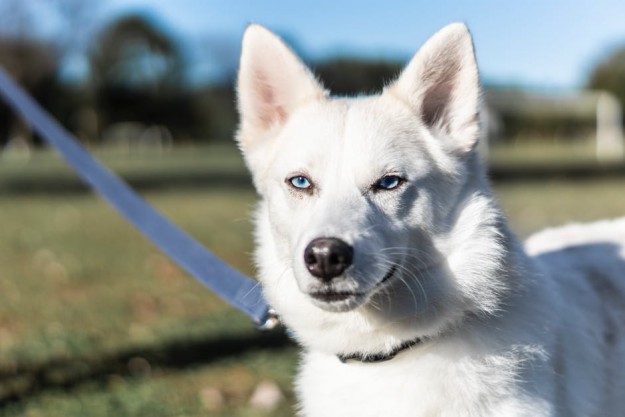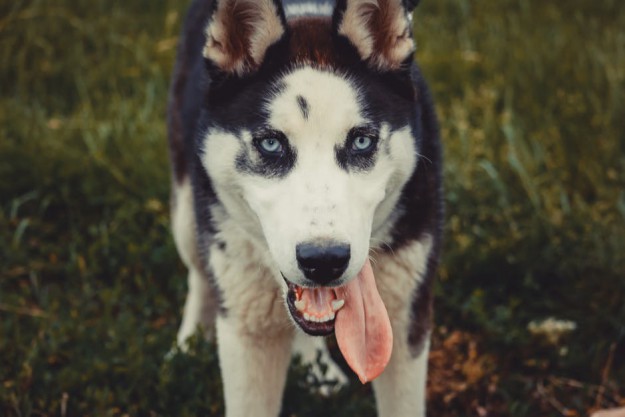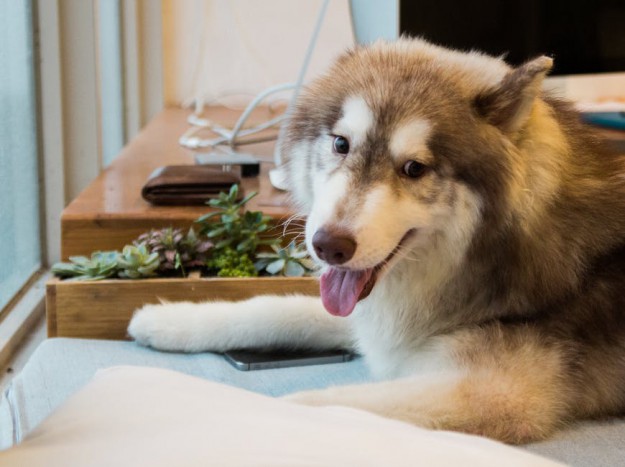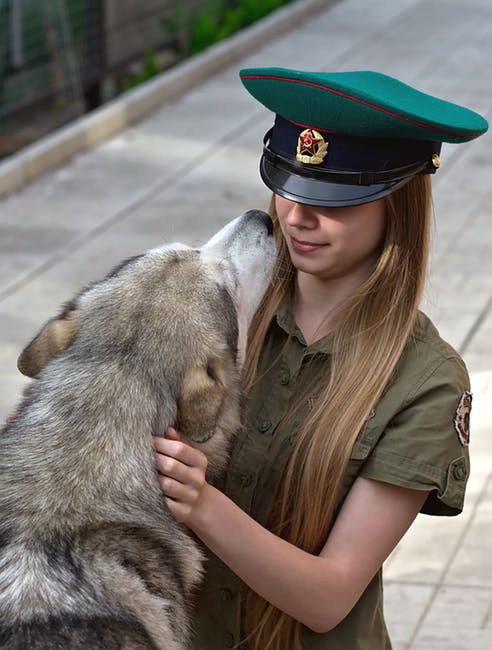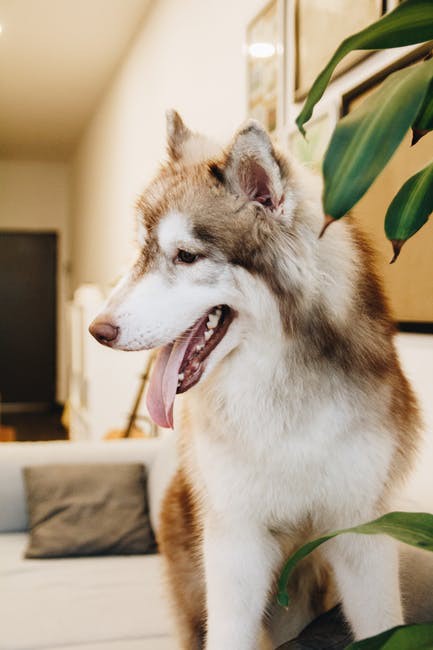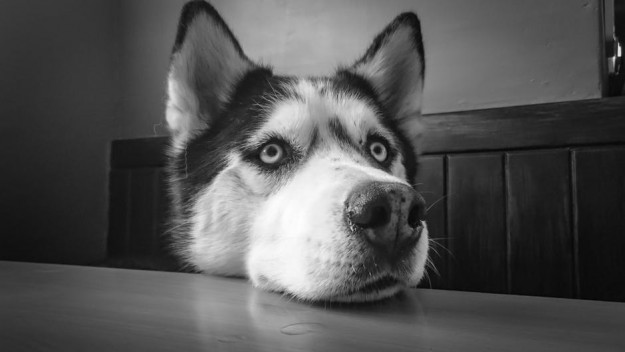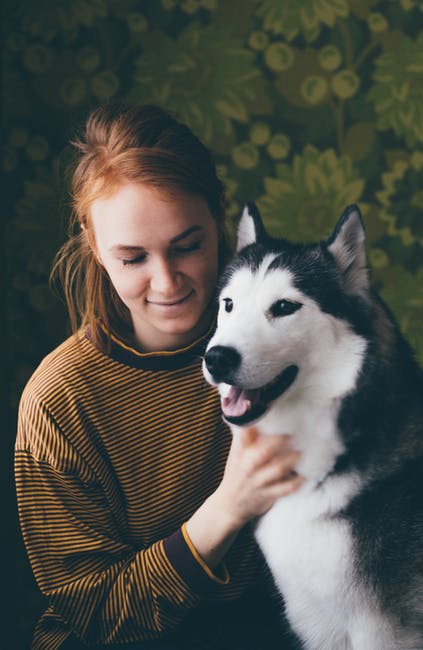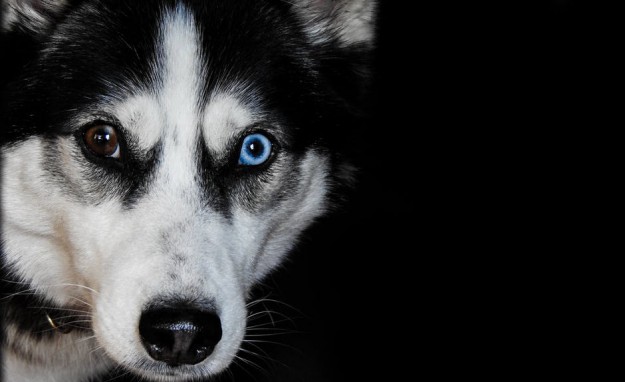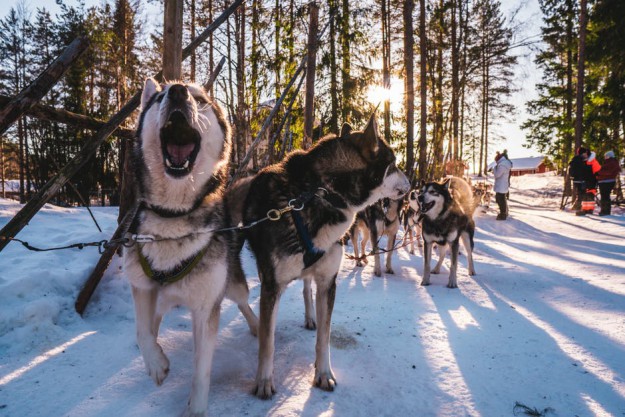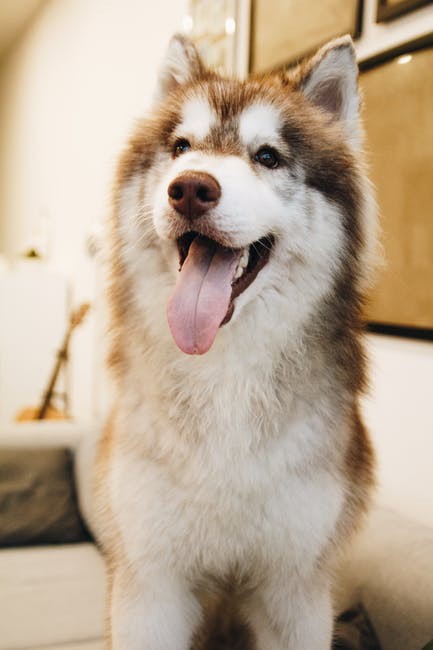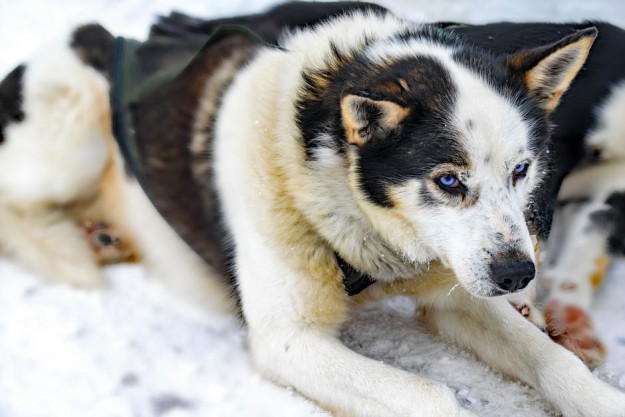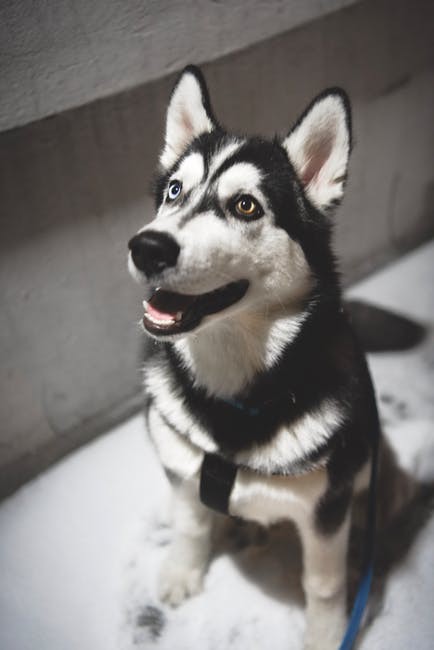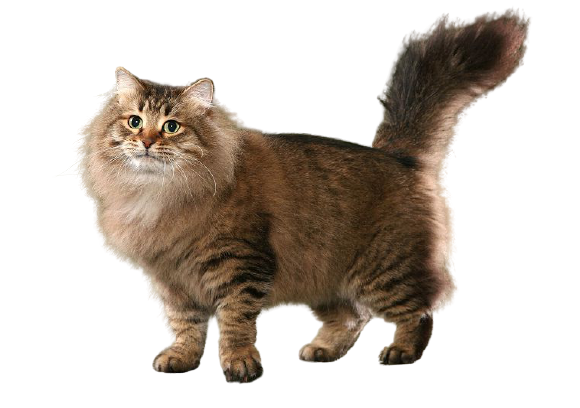
Siberian
USD $1200 - $2500 Price Avg.
Large, Largest
Size
Yes
Lap Cat
12 to 15 years
Lifespan
Breed Information
| Popularity/Rank | 17 |
|---|---|
| Name | Siberian |
| Other names | Moscow Semi-longhair, HairSiberian Forest Cat |
| Origin | Russia |
| Size | Large, Largest |
| Coat | Dense, Undercoat, Semi-long |
| Lap Cat | Yes |
| Lifespan | 12 to 15 years |
| Temperament |
Affectionate, Agile, Intelligent, Loyal, Playful, Sweet, Curious 1. Affectionate: The Siberian cat is an affectionate breed that loves to cuddle and be around their humans. They are known for being very loyal and attached to their owners. 2. Agile: The Siberian cat is a very agile breed. They are known for being able to jump great heights and run quickly. 3. Intelligent: The Siberian cat is a very intelligent breed. They are known for being able to learn tricks and commands easily. 4. Loyal: The Siberian cat is a very loyal breed. They are known for being attached to their owners and being very protective of them. 5. Playful: The Siberian cat is a very playful breed. They are known for their love of playing with toys and chasing after things. 6. Sweet: The Siberian cat is a sweet breed that loves to be around people and other animals. They are known for their gentle nature and loving personality |
| Weight | Female: 12 - 15 pounds, Male: 15 - 20 pounds |
| Colors | Black, Fawn, Silver, Tabby & White, Blue |
| Kitten Prices |
USD $1200 - $2500
Siberian kittens are some of the most beautiful and sought-after cats in the world. They are also one of the most expensive, with prices ranging from $1200 to $2500. So what factors affect Siberian kitten prices? The first factor is the breeder. Some breeders are more reputable than others and charge more for their kittens accordingly. The second factor is the parents of the kitten. If the parents are show-quality cats, they will be more expensive. The third factor is the quality of the kitten itself. A higher quality kitten will have a better coat, be more healthy, and have a better temperament. All these factors add up to make Siberian kittens some of the most expensive cats around. So is it worth it to pay so much for a Siberian kitten? That depends on what you're looking for in a cat. If you want a beautiful, luxurious cat that will turn heads wherever you go, then yes, a Siberian kitten is definitely worth the price tag. |
Breed Characteristics
| Adaptability | |
|---|---|
| Affection Level | |
| Child Friendly | |
| Dog Friendly | |
| Energy Level | |
| Grooming | |
| Health Issues |
Hip dysplasia, Polycystic kidney disease, Hypertrophic cardiomyopathy Is Siberian cat Hypoallergenic? There is no definitive answer to this question as everyone's allergies are different. Some people may find that they are not allergic to Siberian cats, while others may find that they are. The best way to determine if you are allergic to a Siberian cat is to spend time around one and see if you have any reaction. 1. Hip Dysplasia Hip dysplasia is a condition that can affect the hips of any animal, but is most commonly seen in dogs. It is caused by a malformation of the hip joint, which can lead to pain, lameness, and eventually arthritis. 2. Polycystic Kidney Disease Polycystic kidney disease is a condition that affects the kidneys. It is caused by the growth of cysts on the kidneys, which can lead to kidney failure. 3. Hypertrophic Cardiomyopathy Hypertrophic cardiomyopathy is a condition that affects the heart. It is caused by the thickening of the heart muscle, which can lead to heart failure. |
| Intelligence | |
| Shedding | |
| Social Needs | |
| Stranger Friendly | |
| Vocalization | |
| Health Care |
Siberian cats are a hardy, robust breed that is typically very healthy. However, like all cats, they are susceptible to certain health problems. The most common health problems seen in Siberian cats are respiratory infections, feline herpesvirus, and feline calicivirus.
Siberian cats should be vaccinated against these common viruses. They should also be kept up to date on their routine vaccinations, including rabies. In addition to vaccinations, good hygiene and regular vet check-ups are important for keeping your Siberian cat healthy. Siberian cats are also prone to certain genetic health problems. One of the most common is polycystic kidney disease, which is a progressive and incurable disease that eventually leads to kidney failure. Siberian cats are also at risk for hypertrophic cardiomyopathy, a heart condition that can be fatal. If you have a Siberian cat, it's important to work with your veterinarian to create a health care plan that is right for your cat. This may include routine bloodwork and urine testing, as well as regular check-ups. |
History
The Siberian is a landrace of domestic cat, present in Russia for centuries, and more recently developed as a formal breed. They are large cats, with strong boning, long legs and thick tails. They have semi-long hair, which requires weekly grooming. Siberians are very vocal cats.
The Siberian cat is a natural breed from Russia that is also known by several other names including the Russian Forest Cat and the Moscow Semi-Longhair. The Siberian’s ancestors are thought to be the native forest cats of Siberia and the Steppe Cats of Central Asia. It is believed that the Siberian was introduced into Europe in the late 1800s by Russian sailors who brought them back from their travels.
The first recorded mention of the Siberian cat was in 1871 in St Petersburg when Dr Trutnev wrote an article describing a new type of longhaired cat. In 1884 another article appeared in Our Cats magazine written by Harrison Weir entitled ‘Long-haired Cats from Siberia’ In this article Weir described two types of long haired cats; one with blue eyes and one with copper eyes. He stated that these cats were brought to England by sailors and were known as ‘Siberian Cats’.
During the Soviet era, the Siberian nearly became extinct due to crossbreeding with other domestic shorthairs. It was not until 1987 when Elena Kovaleva started a breeding program using only purebred Siberians that the breed began to recover. The first litter of kittens was born in 1989, and by 1991 there were enough Siberians to hold a specialty show in Moscow where they were recognized as a formal breed. In 1996, the first Siberians were exported to America and Europe where they quickly gained popularity due to their loving dispositions and beautiful appearance
Description
The Siberian cat is a beautiful, long-haired breed that is native to Russia. They are known for their thick, luxurious coats and their friendly, outgoing personalities. Siberian cats are medium to large in size, with males typically weighing between 15 and 20 pounds and females between 10 and 15 pounds. They come in a variety of colors, including black, blue, brown, cream, gold, green, orange, red, silver, white, and tortoiseshell. Siberians have a lifespan of 10 to 15 years.
Siberian cats are affectionate and social animals that enjoy being around people and other animals. They are known for being very patient and good-natured with children. Siberians get along well with other cats and dogs, making them ideal pets for families with multiple pets. They are also relatively easy to train and can be taught tricks such as fetching and walking on a leash.
Siberian cats are generally healthy animals with few health problems. However, like all breeds of cats they can be susceptible to certain health conditions such as allergies, asthma, heart disease, kidney disease, obesity, respiratory problems ,and urinary tract infections. It is important to keep your Siberian cat up-to-date on vaccinations and routine vet check-ups to help prevent these health problems.
Siberian cats are adaptable animals that do well in a variety of homes and lifestyles. They are content living in small apartments or large houses; however they do require daily exercise to stay healthy and happy. Some benefits of owning a Siberian cat include their low maintenance coat (which only requires brushing once or twice a week), their hypoallergenic fur (which is ideal for people with allergies), and their overall friendly dispositions.




